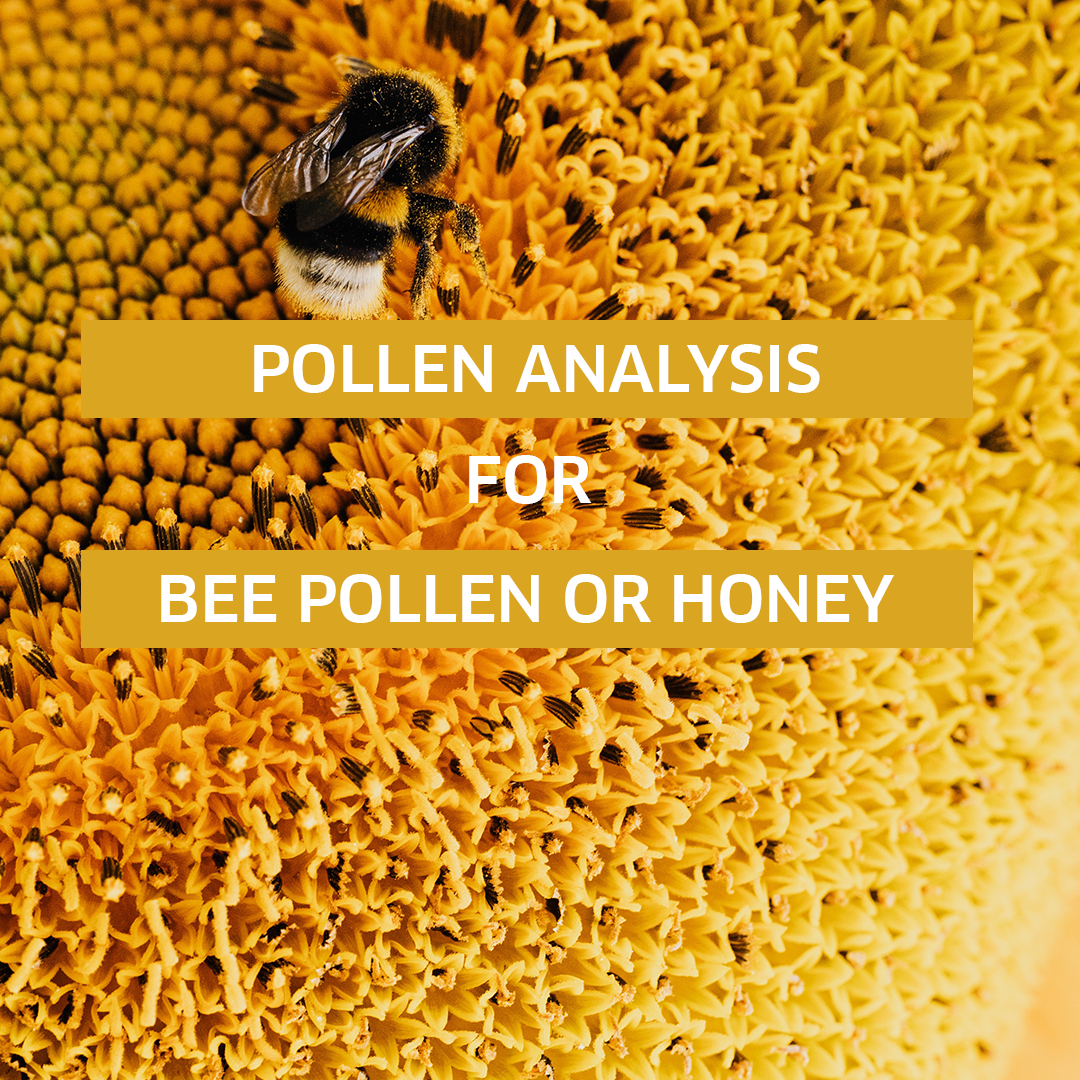
Summary of pollen analysis in honey samples from Portugal beehives
In my published study of the analysis of 37 honey samples collected from hives in a few counties in East Texas my co-worker and I found those few samples contained over 431 different pollen species! That small East Texas honey study required us to know and recognize more pollen types than is required to analyze either archaeological or.

(PDF) Pollen analysis of honey samples from 13 local government areas
Pollen Analysis Of Honey - Melissopalynology The study of pollen in honey (called ' melissopalynology ') can help confirm the geographical origin of a honey as well as the floral source.

Pollen Identification with DNA Sequencing Honey/Pollen Jonah Ventures
Melissopalynology (the study ofpollen in honey) is an important tool in determining the geographical origin and floral sources upon which the bees foraged to produce honey. Each flower species.

Compania
When analyzing honey pollen, the identification of geographic origin is generally based on the combination and ratios of pollens typical of a particular region. In addition to its utility in marketing commercial honeys, melissopalynological analysis provides insights into the management of important honey-producing plants in different regions.

Quantitative pollen analysis of honey samples [53] Download
The absolute pollen concen- tration of the test honey was 955,000+73,000 grains/10 g when measured with the new method, and this figure was very close to the expected value of 945,000 grains/10 g calculated from the weights of pollen added and the calibration figures of Table e.. .~_ E reNew pollen analysis method [ I --']Standard pollen.

[PDF] Assessment of Honey Plant Resources through Pollen Analysis in
The most significant discriminant characteristics were morphological (2D and 3D) and colour characteristics. Our results confirm the potential of using automatic pollen analysis to discriminate pollen taxa in honey. This work provides the basis for further research where the taxa dataset will be increased, and new descriptors will be studied.

(PDF) Pollen analysis of Australian honey
Based on our findings, 57 honey samples (61%) contained the standard amount of pollen. A total of 42 plant families and 55 genera were identified in the studied samples, with the highest presence of Asteraceae, Fabaceae, Rosaceae, Apocynaceae, and Apiaceae.

Microphotographs (100x) of some important pollen types found in honey
open access Highlights • There are significant variabilities in the honey pollen reports among laboratories. • There is a consensus based on discarding the pollens from non-melliferous plants. • There are divergences whether or not to consider certain over-represented pollens. • When the pollen is under-represented the discrepancies are noteworthy.

Photomicrographs of predominant pollen types found in honey samples of
Melissopalynology is an important analytical method to identify botanical origin of honey. Pollen grain recognition is commonly performed by visual inspection by a trained person. An alternative method for visual inspection is automated pollen analysis based on the image analysis technique.

Pollen Analysis Honey
The first universal technique aiming at the recognition and evaluation of the pollen in honey was elaborated by the French, Swiss, and Dutch specialists on honey analysis. This started with Zander's work in 1935, which was published by Louveaux et al. (Citation 1970a, Citation 1970b) and updated by Louveaux et al. (Citation 1978). The latter.

Pollen Analysis Honey
The honey samples were then stored at 4℃ for further analysis (Bareke & Addi, 2019b). For honey pollen analysis, the method recommended by the International Commission for Bee Botany (Louveaux et al., 1978) was adopted. Pollen types were identified by comparing with reference slides of pollen collected directly from the plants in the study area.

(PDF) Pollen analysis of honeys from Hatay/Turkey
Honey Pollen: Using Melissopalynology to Understand Foraging Preferences of Bees in Tropical South India Raja Ponnuchamy, Vincent Bonhomme, Srinivasan Prasad, Lipi Das, Prakash Patel, Cédric Gaucherel, Arunachalam Pragasam, Krishnamurthy Anupama x Published: July 8, 2014 https://doi.org/10.1371/journal.pone.0101618 Article Authors Metrics Comments

Pollen Free Stock Photo Public Domain Pictures
Pollen analysis is widely used to verify the geographic origin of honeys, but has never been employed in Australia. In this study, we analysed the pollen content of 173 unblended honey samples sourced from most of the commercial honey producing regions in southern Australia.

Pollen Analysis for Bee Pollen or Honey The Type, Botanical, and
Anklam also noted carbon stable isotope ratio analysis can detect honey adulterated with C 4 sugars such as corn syrups or cane sugar (LoD 7%), particularly using the carbon isotope ratio of the.

Pollen Analysis Honey
Pollen analysis is widely used to verify the geographic origin of honeys, but has never been employed in Australia. In this study, we analysed the pollen content of 173 unblended honey samples sourced from most of the commercial honey producing regions in southern Australia. Southern Australian vegetation is dominated by Eucalyptus (Myrtaceae.

(PDF) Nectar and Pollen Sources for Honeybee (Apis cerana cerana Fabr
1. Introduction 2. Producing bee pollen from harvest to storage 3. Inexpensive pollen load authentication by means of computer vision and classification algorithms 4. Evaluation and classification of corbicular pollen morphology 5. Identification of the floral origin by microscopy 6.